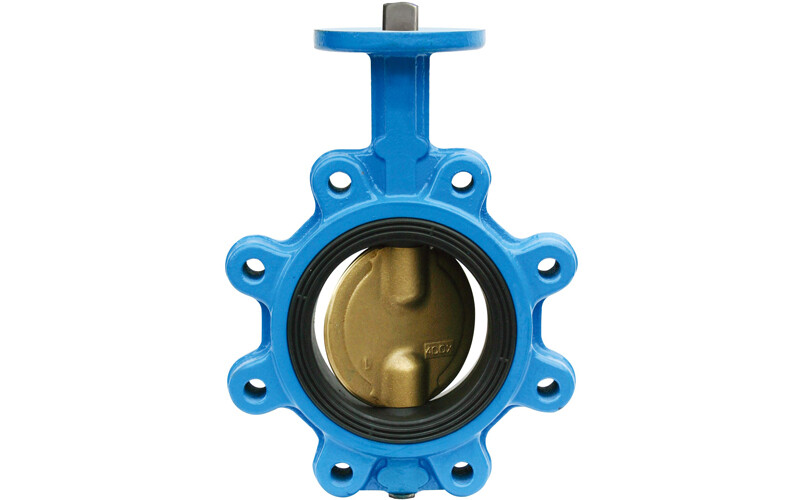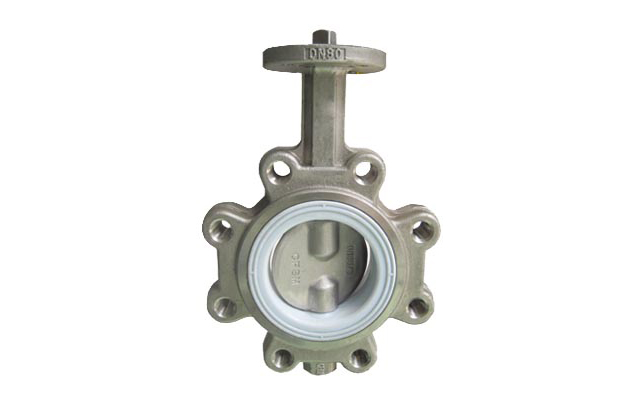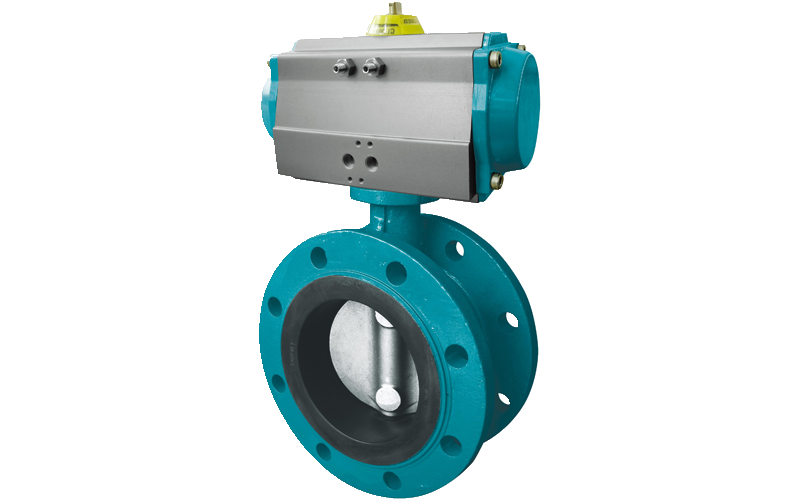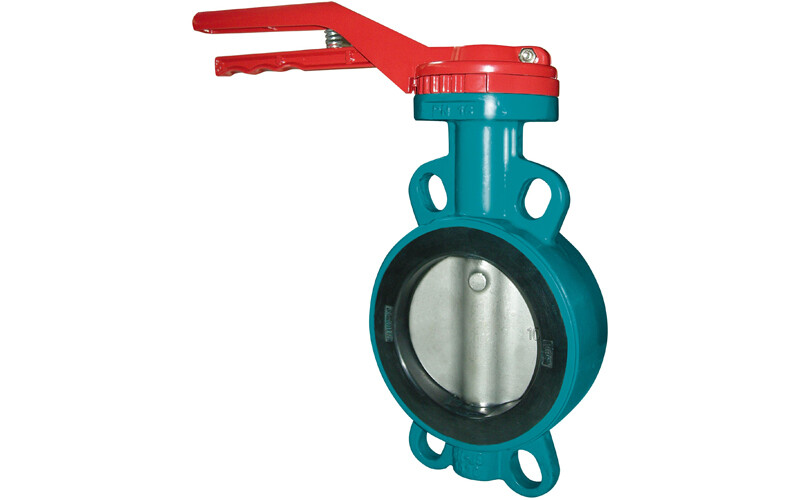Simmel Valves
支耳蝶阀
Wafer Lug type butterfly valve, with centric disc and bonded liner.
100% bi-directional bubble tight shut off.
Applicable for all kinds of industries, especially shipbuilding, petrochemical, heavy industry, water treament, civil enginerring and dyeing and finishing.
Overall design generally in accordance to BS EN-593
Face to face dimension in accordance to ISO05752, DIN3202
Top flange and shaft end in accordance to ISO-5211
Working pressure from 0.1 bar absolute up to 16 bar (test pressure 17.6 bar)
Working pressure up to 25 bar (test pressure 27.5 bar) on request
Mounting between flanges to DIN PN10, DIN PN16 or ASME class 150
Specifications
Size Range
NPS 2 to 24 / DN 40 to 600
Body Materials
Cast Iron, Ductile Iron, Carbon Steel WCB, Stainless Stee
Maximum Allowable Operating Pressure
150 psi (10 Bar) of 232 psi (16 Bar) ASNI CLASS 150
Stem Materials
316 Stainless Steel
Temperature Range
-22°F to 320°F (-30°C to 180°C)
Seat Materials
EPDM, BUNA-N, PTFE(EPDM), Viton, Silicone, Neoprene, EPT
Face To Face
ASME B16.10, Manufacturer Standard
Disc Materials
Stainless Steel, Alum Bronze, Ductile Iron Covered Nylon, Stainless Steel Covered F46
Shutoff Rating
Zero Leakage
Face To Face
ISO05752, DIN3202
Body Style
Lug
Testing Standard
MSS SP-61, API 598, EN 12266-1
Flange Drilling
ASME B16.1 Class 125, ASME B16.5 Class 150, ASME B16.47
Actuators
Pneumatic or electric
Certifications
ABS, ATEX, DNV, PED, SIL
Applications
Wastewater, Seawater, Water, other liquids and gases
Features & Benefits
Core reason
The compression fit of the midline structure and elastic soft sealing surface (such as EPDM, PTFE) - the valve stem is centered to rotate the butterfly plate without eccentricity. When closed, the soft sealing surface is compressed by the medium pressure or the force of the actuator, forming a comprehensive and tight sealing contact with the valve seat, offsetting small errors, and achieving zero/micro leakage.
Core applicable media
Clean and particle free fluids such as water, seawater, air, natural gas, oil products (without particles), weak acid-base solutions (pH 4-10), etc. Key adaptation logic: Soft sealing materials (EPDM/PTFE, etc.) determine medium compatibility - EPDM is resistant to water, weak acids and weak bases, PTFE is resistant to strong acids and bases but not high temperatures, avoiding media containing hard particles (which can scratch the sealing surface) and strong oxidants (such as concentrated nitric acid).
Seat
The core advantages of the soft sealed center line clamp butterfly valve seat are reliable sealing (elastic fit without gaps), strong installation adaptability (clamp type does not require flange positioning), corrosion and wear resistance (compatible with high-quality soft materials such as EPDM/PTFE), and integrated structure (anti detachment), with low opening and closing friction (extending sealing life).
Stem
The valve stem is easy to disassemble and maintain (without the need to disassemble the valve as a whole), with higher sealing reliability (to avoid leakage at the valve stem through the shaft), high machining and assembly accuracy, suitable for large-diameter valves, and reduces the risk of deformation of long valve stems.
Actuators
pneumatic actuator or electric actuator
Controls
limit switch box, solenoid valve, Air filter pressure reducing valve, valve positioner
Downloads
Contact US
By clicking 'Allow All', you agree to the storage of cookies on your device to enhance site navigation, analyze site usage and assist with our marketing efforts.
Contact US






